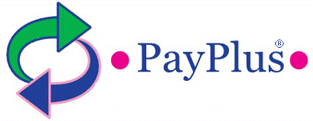Avoid surprises about what must be included in income
The IRS has released the 2022 dollar amounts about what must be included in employees’ gross income. Here’s an update of what’s taxable and what’s not for fringe benefits your company offers employees.
Commuting benefits
For qualified transportation fringe benefits, the 2022 monthly exclusion amount will inch up to $280 (from $270) for the aggregate amount for transportation in a commuter highway vehicle and any transit pass.
Adoption assistance
If your company offers an adoption assistance program, the maximum amount yuo can exclude from gross income will be $14,890 (up from $14,440 in 2021). This fringe benefit is exempt for income tax purposes only.
The excludable amount begins to phase out if the employee’s modified adjusted gross income exceeds $223,410 (currently $216,660), and the amount is completely phased out at $263,410 (currently $256,660).
Flexible spending arrangements
The salary reduction limit for health flexible spending arrangements (FSAs) will be increasing to $2,850 from $2,750.
In general, a cafeteria plan may give employees a grace period of up to two months and 15 days immediately following the end of the year so they can use contributions left over in their health FSAs.
But the Consolidated Appropriates Act, 2021, allowed employers to extend the grace period due to COVID-19. Under that law, employers can be given a grace period of 12 months from the end of 2020 (heading into 2021) and 2021 (heading into 2022).
Instead of a grace period, your cafeteria plan may generally allow health FSA carryovers based on the IRS limit. For 2022, it will be $570 (up from $550 in 2021).
Here again, you have more leeway due to COVID-19. Plans can allow the carryover of all unused funds at the end of 2020 and 2021.

Recent Comments